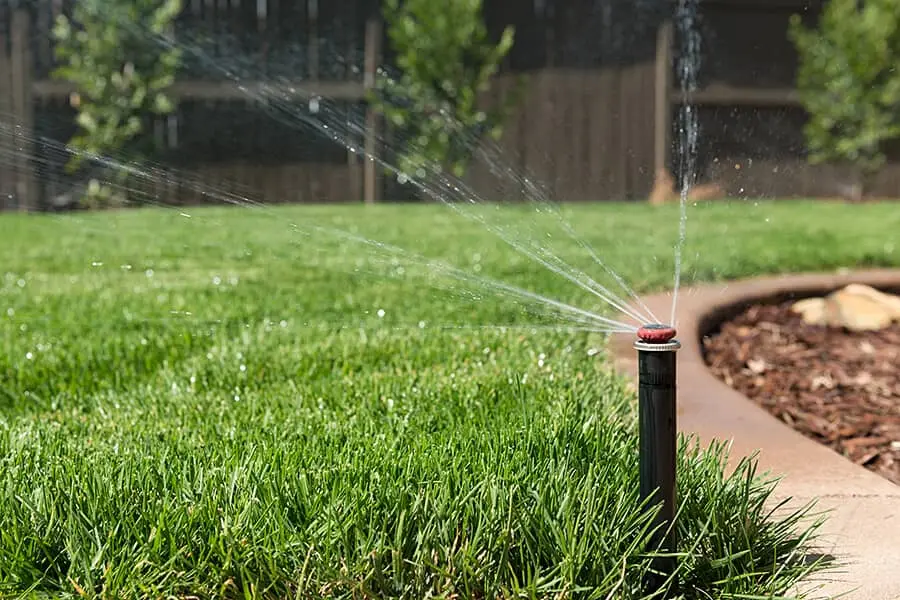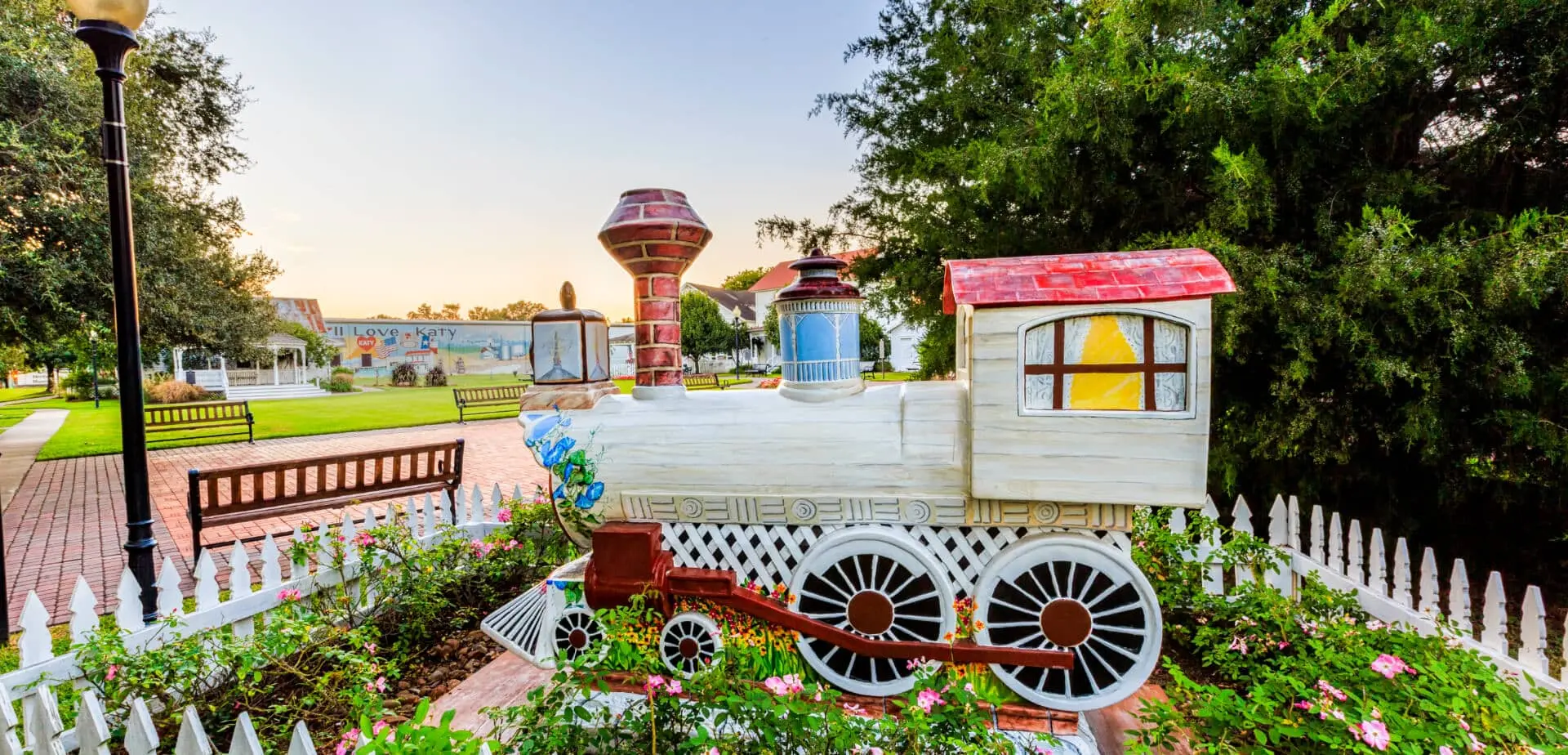
Cultivating a Sustainable Texas: Landscaping Tips from Zeke33
Welcome to our sustainable landscaping guide tailored for the vibrant community of Katy, Texas! At Zeke33, we believe in the power of sustainable practices to transform our outdoor spaces into thriving, eco-friendly environments. Whether you're a seasoned gardener or a novice enthusiast, this blog is your go-to resource for practical tips and advice on how to create a sustainable landscape that reflects the beauty and resilience of our local ecosystem.
1. Harness the Power of Native Plants
Incorporating native plants into your landscape design is a cornerstone of sustainable landscaping. Native species, such as Texas Lantana, Purple Coneflower, and Gulf Coast Muhly Grass, are adapted to our region's unique climate, soil conditions, and rainfall patterns. By choosing native plants, you not only conserve water but also provide essential habitat and food sources for local wildlife, promoting biodiversity in our community.
2. Embrace Water-Wise Practices
Water conservation is crucial in our arid Texas climate. Embrace water-wise practices by installing a drip irrigation system, which delivers water directly to the root zones of plants, minimizing evaporation and runoff. Mulching is another effective technique for retaining soil moisture and suppressing weeds. Consider using organic mulch materials such as wood chips or shredded leaves to improve soil health and reduce the need for irrigation.
3. Practice Smart Irrigation
When watering your landscape, be mindful of both timing and technique. Water early in the morning or late in the evening to minimize evaporation and maximize absorption. Invest in a smart irrigation system that adjusts watering schedules based on weather conditions and soil moisture levels. And remember, it's better to water deeply and infrequently to encourage deep root growth and drought resistance.
4. Opt for Sustainable Hardscaping
When designing your outdoor space, consider incorporating sustainable hardscaping elements that minimize environmental impact. Choose permeable paving materials like gravel or permeable concrete, which allow rainwater to infiltrate the soil, reducing runoff and preventing erosion. Additionally, prioritize recycled or locally sourced materials for pathways, patios, and retaining walls to minimize carbon footprint and support the local economy.
5. Practice Integrated Pest Management (IPM)
Maintaining a healthy garden ecosystem involves managing pests and diseases in an environmentally responsible manner. Instead of relying on chemical pesticides, adopt integrated pest management (IPM) strategies that prioritize natural and cultural control methods. Encourage beneficial insects, such as ladybugs and praying mantises, to control pest populations naturally, and use organic insecticidal soaps as needed. By minimizing pesticide use, you protect beneficial organisms and promote a balanced ecosystem in your garden.
Conclusion
In Katy, Texas, sustainable landscaping isn't just a trend; it's a commitment to preserving our environment and nurturing our community. By implementing these tips and embracing eco-friendly practices, you can create a beautiful and resilient landscape that thrives in harmony with nature. Together, let's cultivate a greener, more sustainable future for generations to come.





